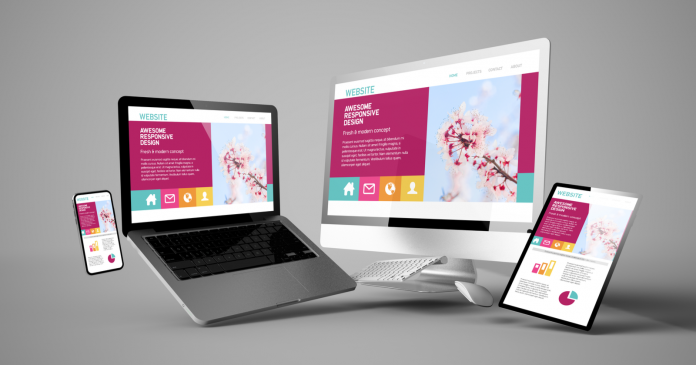Developing a website that is functional and appeals to web users can be an overwhelming task, even for professionals. But since a well-thought-out website is an investment that will generate revenue for your business, you simply cannot do without it. So if you don’t want your website to push your web visitors at the door before you even convert them, take note of the following do’s and don’ts from web design Brisbane:
The do’s
- Use color combinations that enhance your content
Do the colors of your website reflect your brand and complement your content? Do they add aesthetic value to your site? When choosing a color scheme for your website, avoid randomly choosing colors just based on what you find attractive at the moment. If you already have a color in mind but have no idea how you are going to come up with a color scheme, don’t worry–there are lots of color scheme generators out there to help you fill out your palette!
- Make navigation easy for your web visitors
Did you know that when web visitors are searching for something, most of them prefer skimming through web pages instead of reading everything on them? That is why when designing your website, it is important that you prioritize good visual hierarchy. Arrange the elements on your website in a way that will make the more important stuff more attention-grabbing than the less important ones. That will help your web visitors know where they should focus on when navigating around your website.
- Pay attention to your content
No matter how visually appealing your website is, it’s no more than an empty shell if it doesn’t have good content. Remember, copy is just as essential in web design as the overall look of your website! You cannot make the most of your website if it doesn’t feature concise yet relevant and catchy content. In a world where everyone leads a busy life, your web visitors won’t hesitate abandoning your website if your content is too complex to understand.
Don’ts
- Don’t make your web visitors wait for your pages to load
You can never underestimate the importance of loading time when it comes to user experience. If your web pages are taking too long to load, chances are your web visitors will get frustrated and eventually leave your website. Worse, it can even affect your Google ranking! So if you want to keep both Google and your web visitors happy, make an extra effort to boost your website speed. You can do this by optimizing your images, reducing the size of your text files, and using a content delivery network.
- Don’t use a cluttered layout
As a web user yourself, admit it—you hate coming across websites with elements arranged haphazardly. You wouldn’t even want to spend a couple of seconds sorting through those elements! That is why you should avoid a cluttered layout when designing your website. Such websites are not only visually confusing, but they also tend to guide your web visitors away from where their attention should be.
- Don’t use too many images
While images are a huge factor in enhancing the overall appearance of your website, you can’t use too many of them; otherwise, they will only end up crowding out your message. Too many images aren’t SEO-friendly, too, since search engines don’t really read images that well!
















